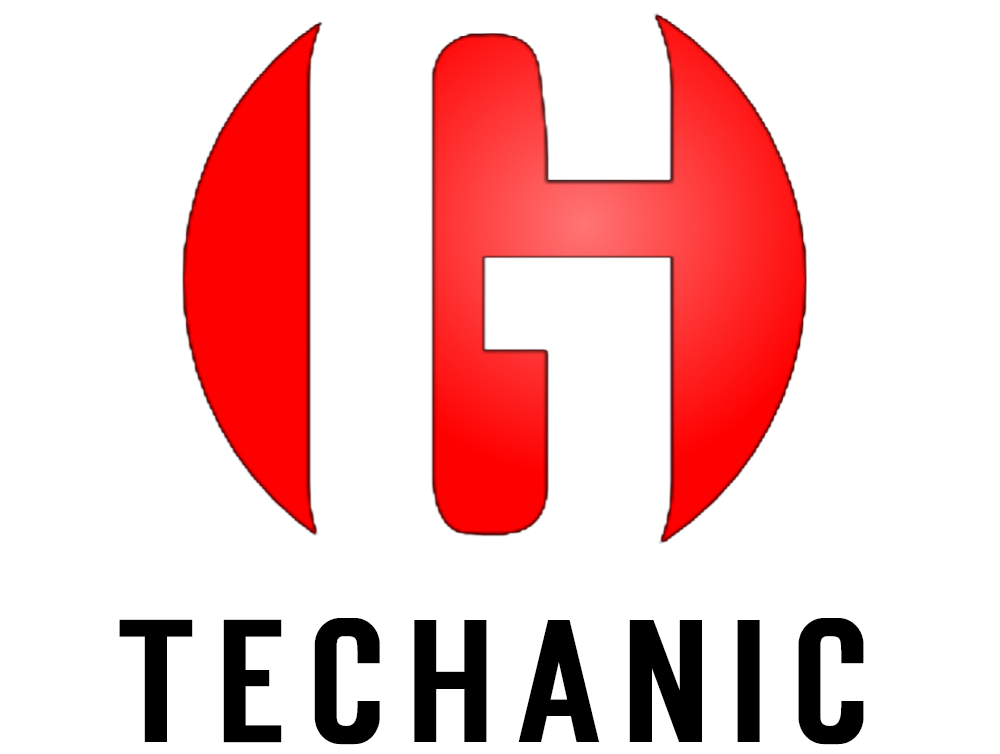Management system compliance is no longer a nice-to-have—it’s a business essential. In today’s complex regulatory world, companies are under constant pressure to meet legal requirements, avoid fines, and prove their commitment to ethical operations. Whether you’re running a startup or managing a multinational, having the right compliance software in place can mean the difference between smooth sailing and a costly disaster.
But what exactly does compliance involve? From internal controls and policy management to creating an airtight audit trail, this guide will unpack everything in plain English. Keep reading—you’re about to get the clarity and confidence every modern business leader needs.
What Is Management System Compliance and Why Does It Matter?
A systematic procedure that aids businesses in adhering to regulations and standards is known as management system compliance. It’s about setting up policies, training staff, monitoring activity, and creating an audit trail to prove you’re doing things right. U.S. businesses must meet federal and state legal requirements, especially in healthcare, banking, and tech. Without this structure, you risk lawsuits, fines, or even closure.
Why compliance is important in business is easy to answer. It builds trust, improves brand reputation, and avoids risks. By following a compliance checklist, you make sure everything from security policies to staff behavior is on point. That way, compliance becomes a strategic strength—not just a burden.
Understanding Compliance Management in Today’s Risk Landscape
In today’s digital age, regulatory bodies expect businesses to have a solid plan to manage risk mitigation. With more cyber threats and new data privacy laws, you need a system that handles compliance monitoring and responds fast.
That’s where knowing How to implement a CMS becomes critical. A CMS is not just a document—it’s a live system. It’s built to manage threats, maintain corporate governance, and support real-time decisions with clear policies and tech tools like risk assessment tools.
Key Components of a Strong Management System Compliance Framework
A strong CMS framework needs many pieces working together. Think of it like building a strong house—each part must support the others.
Policies and Procedures
Your CMS must begin with clear, written security policies and procedures. These guide employee behavior and help you meet industry regulations.
Oversight and Governance
Governance and ethics drive trust in the system. The compliance officer leads oversight, and boards must ensure transparency and alignment.
Risk Assessment and Mitigation
Using risk assessment tools for compliance, companies identify potential problems and fix them before they grow. This helps in risk mitigation and better planning.
Monitoring, Auditing, and Continuous Improvement
Continuous compliance monitoring and audits build a reliable audit trail. You can track gaps, improve performance, and show proof during inspections.
Employee Training and Awareness Programs
Training employees on compliance policies helps prevent mistakes. Frequent compliance training lays a solid basis for responsibility and knowledge.

How Management System Compliance Supports Cybersecurity
Compliance and cybersecurity go hand in hand. Strong CMS tools protect customer data, control access, and ensure proper responses to incidents.
For example, Compliance software for GDPR makes sure companies store and handle data legally. It prevents breaches and supports trust. Think of CMS as your cybersecurity backbone.
Risk Management Services Meaning in Compliance Context
So, what do risk management services mean in this field? It’s the act of helping businesses spot, assess, and reduce threats. These services collaborate closely with control systems and compliance paperwork.
This includes threat detection, issue reporting, and real-time action. Good services help avoid penalties and protect your future.
Vendor Risk Management Program and Third-Party Oversight
When your business works with partners, you must manage outside risks too. That’s why knowing how to manage third-party compliance is vital.
Why Managing 3rd Party Vendor Risk Is Critical
3rd party vendors can introduce big risks. If they don’t follow regulatory compliance, your business can get into legal trouble.
Third Party Risk Assessment Best Practices
Use strong third party risk assessment tools. Get reports, set standards, and monitor regularly. Include everything in your compliance documentation.
Integrating Vendor Oversight into CMS Tools
Add vendor tracking into your CMS. This helps spot gaps quickly. Smart systems offer real-time insights and alerts.
Choosing the Right Compliance Document Management System
A compliance document management system is software that stores and protects records. These records prove your business follows rules. It helps meet policy management goals and avoids data loss.
Here’s a quick comparison table:
| Feature | Manual Filing | Compliance Software |
| Search Time | Long | Instant |
| Data Security | Weak | Strong |
| Audit Ready | No | Yes |
| Compliance Reporting Automation | Not Possible | Built-In |
Bank Compliance Management System Use Cases
In U.S. banking, a bank compliance management system helps track loans, anti-money laundering, and fraud detection. Banks follow strict industry regulations like the Bank Secrecy Act and FDIC rules.
For example, many banks use tools like ZenGRC or LogicGate to monitor document control, assess risk, and track compliance across all accounts. See ZenGRC and LogicGate GRC for more.
Building and Scaling a Management System Compliance Program
Starting a CMS is not enough—it must grow with your business. If you’re asking, Compliance plan for small businesses, this section is for you.
Customizing Your CMS for Business Size and Sector
Each company is different. You must adjust your CMS based on team size, product type, and laws that apply.
Training Employees and Building a Culture of Compliance
Creating a compliance culture starts with leadership. Regular compliance training keeps the message clear and strong.
Monitoring Compliance Performance Metrics
Use KPIs like audit pass rate, number of violations, and Real-time compliance tracking tools to evaluate results.
How to Select the Right Compliance Management Software or GRC Tool
When choosing tools, think long term. Ask: Features of a good compliance system?
Integration With Risk, IT, and HR Systems
Good tools connect with HR, finance, and IT. This allows seamless tracking and cross-functional efficiency.
Real-Time Reporting and Dashboards
Dashboards offer insights at a glance. They help spot problems and make quick decisions.
Scalability, Automation, and Alerting Features
Automated alerts reduce errors. Your CMS needs to grow with your company as it expands.
Support, Training, and Regulatory Updates
Vendors must provide help, user guides, and regular legal updates. This ensures your CMS stays valid.
Enhance Your Management System Compliance With Tools Like ZenGRC
ZenGRC is one of the Best compliance tools for businesses today.It aids in bringing procedures into compliance with ethics and governance guidelines.
You can manage audits, set workflows, and run compliance reporting automation easily. For those using CMS vs GRC software, ZenGRC offers both simplicity and power.
Final Thoughts: Turning Compliance Into a Strategic Advantage
In the end, management system compliance is not a box to check. It’s a smart business move. If you follow regulatory compliance rules and keep clear compliance documentation, you reduce risks and gain trust.
From startups to banks, companies that take compliance seriously succeed more, especially when they stay updated with the latest tech trends on GoTechanic. So now that you know Examples of regulatory compliance systems, you can start building one that fits your business.
Who is responsible for compliance? You are. However, you are not required to accomplish it alone. With the right tools, mindset, and team, you can create a system that works—and wins.
FAQs:
- What are compliance management systems?
Compliance management systems are structured frameworks that help businesses meet regulatory requirements, manage risks, and ensure ongoing adherence to laws and standards. - What is management compliance?
Management compliance refers to how an organization aligns its operations with laws, industry regulations, and internal policies through proper systems and oversight. - What does CMS compliance mean?
CMS compliance means adhering to all required governance and ethics standards using a Compliance Management System to monitor, control, and report compliance-related activities. - What is an example of compliance management?
A bank using automated software to monitor transactions for money laundering, flagging suspicious activity, and maintaining audit logs is an example of compliance management. - What is the compliance management information system?
A compliance management information system is a digital tool that organizes, tracks, and reports on compliance tasks, risks, and policies across an organization.


